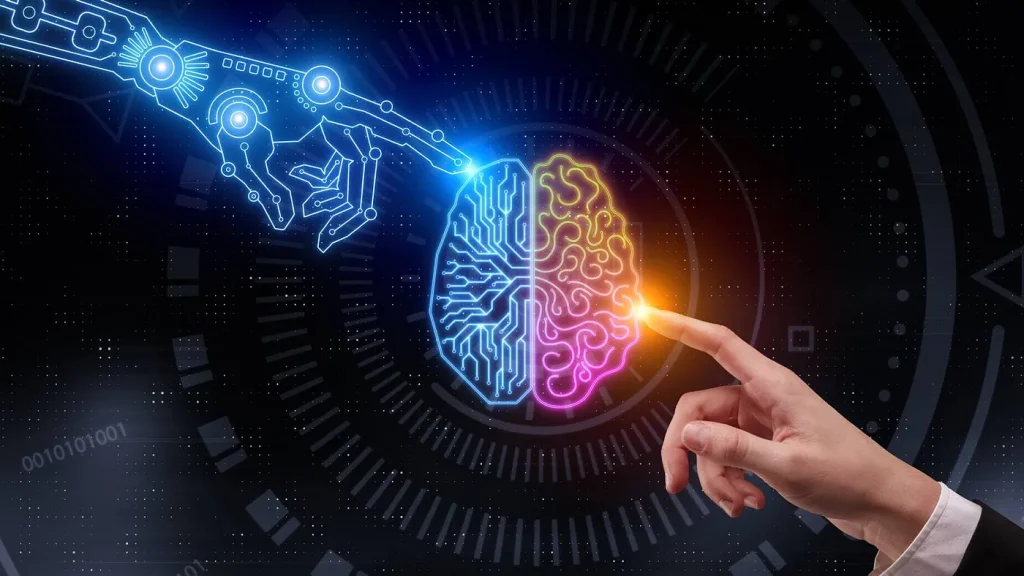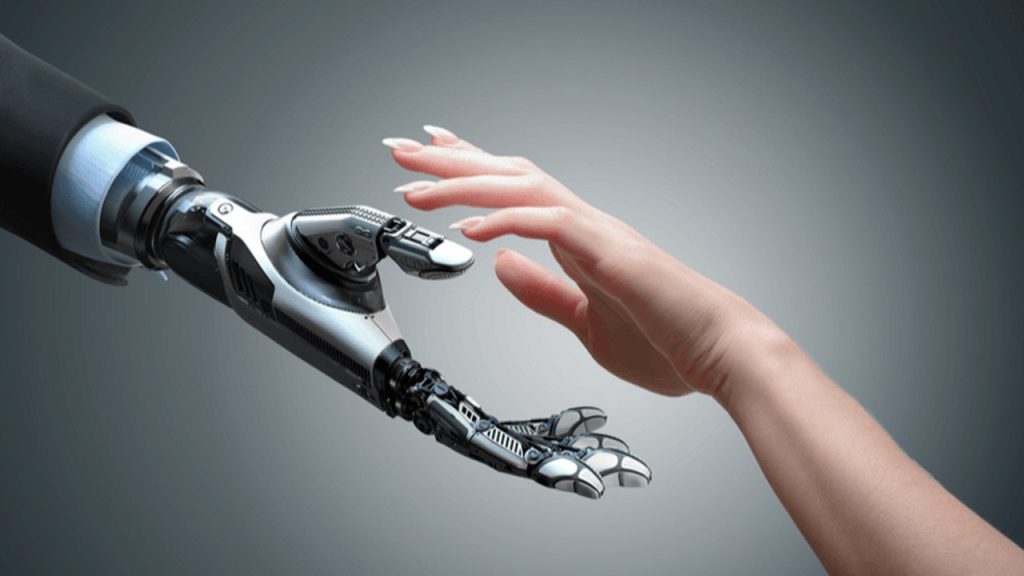Human-Computer Interaction (HCI) is an interdisciplinary field that focuses on the design, evaluation, and implementation of interactive computing systems for human use. As technology continues to permeate every aspect of our lives, the study of HCI has become increasingly important in understanding how people interact with computers and how to create interfaces that are both intuitive and effective. This article explores the evolution of HCI, its core principles, and its impact on modern technology and society.

The Evolution of HCI
- Early Beginnings:
- Origins of HCI: The concept of HCI emerged in the early 1980s, evolving from the field of human factors and ergonomics, which focused on optimizing the interaction between humans and machines. As computers became more prevalent, there was a growing need to make them accessible to non-experts.
- Graphical User Interfaces (GUIs): One of the significant milestones in HCI was the development of graphical user interfaces (GUIs) in the 1980s, which replaced command-line interfaces. GUIs made computers more user-friendly by allowing users to interact with digital content through icons, windows, and menus.
- The Rise of Usability:
- Usability Testing: As HCI developed, the focus shifted to usability, which refers to the ease with which users can learn and use a system. Usability testing became a key component of HCI, involving real users in the design process to identify and address usability issues.
- The Human-Centered Design Approach: HCI practitioners began to emphasize human-centered design, which places the needs, preferences, and limitations of users at the forefront of the design process. This approach ensures that technology is tailored to the people who use it rather than forcing users to adapt to the technology.
- The Digital Age and Beyond:
- The Internet and Mobile Computing: The advent of the internet and mobile devices in the 1990s and 2000s brought new challenges and opportunities for HCI. Designers had to consider the complexities of designing for different screen sizes, input methods, and contexts of use.
- Emerging Technologies: In recent years, HCI has expanded to include emerging technologies such as virtual reality (VR), augmented reality (AR), and artificial intelligence (AI). These technologies require new interaction paradigms and present unique challenges in terms of usability, accessibility, and ethics.
Core Principles of HCI
- User-Centered Design:
- Understanding User Needs: At the heart of HCI is the principle of user-centered design, which involves understanding the needs, goals, and behaviors of users. This understanding informs the design process, ensuring that the final product meets users’ expectations and enhances their experience.
- Iterative Design: HCI emphasizes iterative design, where prototypes are created, tested with users, and refined based on feedback. This process helps designers identify and address usability issues early in development, leading to more effective and user-friendly interfaces.
- Affordances and Constraints:
- Affordances: Affordances refer to the properties of an object that suggest how it can be used. In HCI, designers create interfaces that clearly indicate their functionality, making it easier for users to understand how to interact with them.
- Constraints: Constraints are design elements that limit the actions users can take, guiding them toward the correct use of the interface. Effective use of constraints can prevent errors and enhance the overall user experience.
- Consistency and Feedback:
- Consistency: Consistency in design helps users learn and predict how an interface will behave. By maintaining consistent visual elements, terminology, and interactions across different parts of a system, designers can reduce the learning curve and improve usability.
- Feedback: Providing feedback is crucial in HCI. Feedback lets users know that their actions have been registered and provides information about the outcome. For example, a button changing color when clicked is a simple form of feedback that confirms the user’s action.
- Accessibility:
- Inclusive Design: HCI also emphasizes accessibility, ensuring that technology is usable by people with diverse abilities. This includes designing for users with visual, auditory, cognitive, or motor impairments, as well as those using assistive technologies.
- Compliance with Standards: Designers often follow accessibility standards and guidelines, such as the Web Content Accessibility Guidelines (WCAG), to create interfaces that are inclusive and accessible to all users.

The Impact of HCI on Modern Technology
- Enhanced User Experiences:
- User Satisfaction: HCI has had a profound impact on user experience (UX) design, a field that focuses on creating products that provide meaningful and relevant experiences to users. By applying HCI principles, designers can create interfaces that are intuitive, efficient, and satisfying to use.
- Widespread Adoption: Products designed with HCI in mind are more likely to be adopted by a broader audience. For example, the success of smartphones and tablets can be attributed in part to their user-friendly interfaces, which made advanced technology accessible to the general public.
- Improved Productivity:
- Efficiency in Workflows: In professional settings, HCI contributes to improving productivity by designing tools and systems that streamline workflows and reduce the cognitive load on users. For example, well-designed software interfaces can help workers complete tasks more quickly and with fewer errors.
- Human-Robot Interaction: As automation and robotics become more prevalent in the workplace, HCI plays a crucial role in designing interfaces that allow humans to interact effectively with robots, ensuring safety, efficiency, and ease of use.
- Challenges and Ethical Considerations:
- Privacy and Security: The rise of AI and data-driven technologies has introduced new challenges in HCI, particularly around privacy and security. Designers must consider how to protect user data while maintaining usability and trust.
- Ethical Design: HCI also involves ethical considerations, such as avoiding design practices that manipulate users or create addictive behaviors. Designers are increasingly called upon to consider the long-term impact of their designs on users and society.
Future Directions in HCI
- Natural User Interfaces (NUIs):
- Gesture and Voice Interaction: The future of HCI is likely to involve more natural user interfaces, such as gesture and voice-based interactions. These interfaces aim to make technology more intuitive by mimicking the ways humans naturally communicate and interact with the world.
- AI and Personalization: AI-driven personalization is another emerging trend in HCI, where systems adapt to individual users’ preferences and behaviors, creating more tailored and efficient interactions.
- Augmented and Virtual Reality:
- Immersive Experiences: AR and VR are transforming the way users interact with digital content by creating immersive environments that blend the physical and digital worlds. HCI will play a critical role in designing these experiences to ensure they are engaging, intuitive, and safe.
- Sustainability and HCI:
- Designing for Sustainability: As concerns about environmental sustainability grow, HCI researchers and designers are exploring how to create technology that promotes sustainable behaviors and reduces environmental impact.

Conclusion
Human-Computer Interaction (HCI) is a vital field that bridges the gap between humans and technology. By focusing on user-centered design, usability, accessibility, and ethical considerations, HCI has shaped the way we interact with technology and has driven the development of more intuitive and effective interfaces. As technology continues to evolve, the principles and practices of HCI will remain crucial in ensuring that technology serves and enhances the human experience, making it accessible, enjoyable, and beneficial for all.


